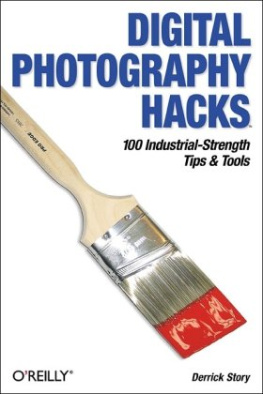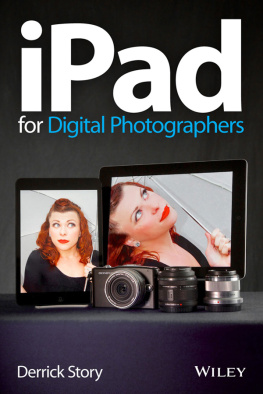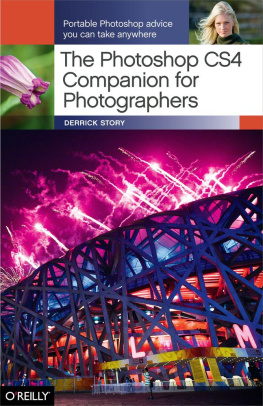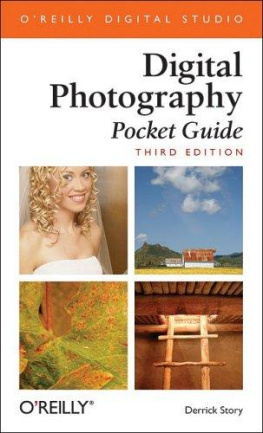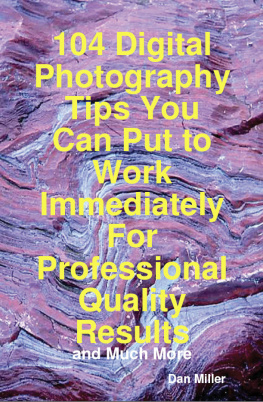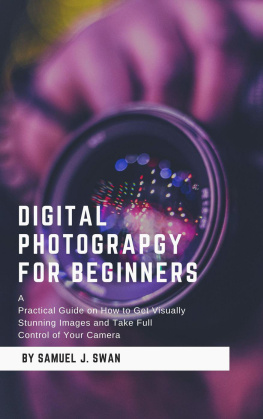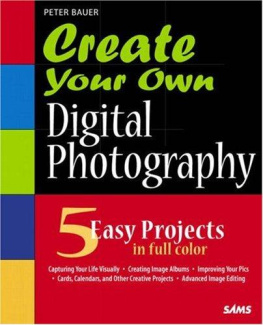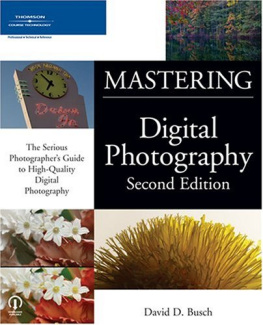Introduction
Digicams are good for morethan just hanging around your neck. You have a wealth of accessoriesavailable to expand their capability. The threaded socket on thebottom enables you to secure your camera to a variety of uniquestabilizing devices. You can hang things from the top of your camera,screw them onto the front, strap them to the side, and when all elsefails, use gaffer's tape to hold an otherwiseincompatible optical apparatus in place. To help get your creativejuices flowing, here's aneverything-but-the-kitchen-sink tour of helpful attachments for theadventuresome photographer.
Hack 9 Bubble Levels to Keep Things Straight


Many digital photographers have a difficulttime keeping their horizons straight while peering into theirdigicam's LCD monitor. Here's howto straighten things up .
For some reason, it's moredifficult to compose a straight horizon line with a digitalcamera's LCD monitor than with a traditional SLRviewfinder. You could use the optical viewfinderthat's included with most digital cameras, but theproblem is that many of them show only about 85% of the actual areathat's being photographed. Plus, quite honestly,they're not that accurate.
Regardless of how you frame your shots, LCD or optical, a bubblelevel attached to your camera can really help straighten things out.Bubble levels are helpful for composing architecture, landscapes,panoramas, and anything else that needs a straight horizontal line.
At various online retailers, you can buy bubble levels designedspecifically for cameras. For example, theHama Double-Bubble Level is a precisioninstrument that slides into the hot shoe atop your camera, enablingyou to level it on two axes. The only downside is that theseaccessories are relatively expensive. The Hama level, for example,runs about US$30.
If you have more time than money, you can make your own bubble level.Hardware stores carry pocket bubble levels, often for US$3 or less.Find one that looks suitable for your camera. If your model has a hotshoe, all you have to do is find a spare shoe that will slide intoit. This is one reason why I have a box of old equipment thatincludes broken cameras, dead flashes, and orphaned straps. If youhave an old flash or any accessory that was designed to fit in yourcamera's hot shoe, you can detach the foot andattach it to your bubble level with a spot of glue. The trick here isto make sure the foot and the level are flush against each other whenyou glue them. Otherwise, your homemade device might not be accuratewhen you attach it to the camera.
If your camera doesn't have a hot shoe, just get alevel with a flat bottom and set it on top of your camera. As long asthe level rests flush against the camera's surface,you're in business.
To use the bubble level, simply mount your camera on a tripod andattach the level. Adjust the tripod until the bubble is centered, asshown in , and the resulting pictureshould be nice and square. This is particularly helpful when shootingmultiframe panoramas.
Figure 1-9. Adjusting a bubble level
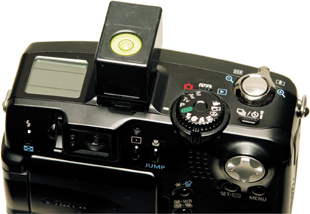
Regardless of whether you buy a professionalphotographer's bubble level or make your own,you'll find that it will help you overcome crookedhorizons and leaning buildings. Just like the carpenter says: measuretwice and shoot once.
Hack 10 Battle the Sun with an LCD Hood


Your camera's LCD viewingscreen is one of its most exciting featuresexcept, that is,when you're standing in bright sunlight andcan't see the pictures on it .
If you ask people what they like best abouttheir digital camera, many will say it's the LCDviewing screen that provides instant gratification right after youtake the shot. How could you not love it? You can review the image,analyze its pros and cons, and then either keep it or tryagaininstant gratification at its best.
Too often, though, this love affair comes to a screeching halt whenyou're working in bright, direct sun. Your oncecolor-rich LCD fades to a nearly indistinguishable shell of itsformer greatness. What happened?
The sun happened. Many LCD monitors hate the sun anddon't fare well in its presence. To combat thisproblem, you have two options. You could purchase a state-of-the-artdigital camera, such as the to preserve thescreen's color fidelity regardless of the ambientlight. Contax's parent company, Kyocera, originallydeveloped this screen for their smart phones, which are constantlyused in these types of lighting conditions.
Figure 1-10. The Contax SL300R T* with DayFine
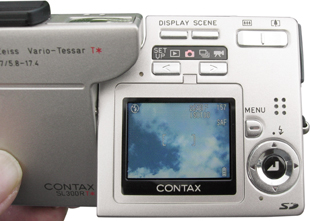
If you're not in the mood to go out and buy a newdigicam, you have to find a way to shield your existing LCD monitorfrom the sun's blinding rays.Hoodman(http://www.hoodmanusa.com) hasexcelled at providing glare relief for digicam owners. They make avariety of custom hoods that attach to almost every digital cameraLCD on the market. The nylon hoods are well made and most sell forUS$15 to $20. They fold up and take up hardly any room in your camerabag.
You might also want to take a look at the offerings fromScreen-Shade (http://www.screenshade.com). They offer LCDshades for digital cameras, camcorders, and laptops. Their camerashades run between US$20 and $40, depending on size and whether aglass magnifier is included.
A clever homemade solution for photographers who have. You want to make sure you use the opaque baseso that no stray light comes in, and stay away from loupes strongerthan 4x, as that's just too much magnification foryour LCD monitor.
Figure 1-11. Magnifying loupe used as an LCD shade
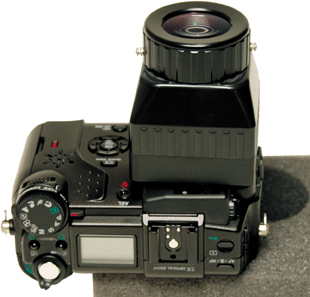
If you want, you can attach the loupe to the camera by cutting stripsof adhesive-backed Velcro and adhering them the base of the loupe andthe body of the camera. That way, you can easily remove the magnifierwhen it isn't needed. Not only does this rig provideyou with sun relief so that you can actually see the picture you justtook, it also makes it easier to inspect the fine details of theimage.
Another trick is to take a plastic slide box, drill a hole in thebottom about the size of a U.S. quarter, and then use the Velcrostrips to attach the open side of the box to the camera. If possible,use a black box to block out the light better. The main drawback ofthis solution is that it doesn't fold up likecommercially made shades.
No matter which route you take, they're all betterthan cupping your hand around the LCD while squinting and trying todiscern the picture you just took.
Hack 11 Convert Your Digicam to a Digital SLR


Shading the LCD monitor for easier viewingduring replay is one thing, but why not go all the way and use themonitor as a virtual SLR viewfinder for shooting imagestoo?
Shading your LCDmonitor makes viewing the picture in bright sunlight much moreenjoyable. But with a little refinement, you can adapt this techniquefor taking pictures too, creating a virtual digital SLR.

